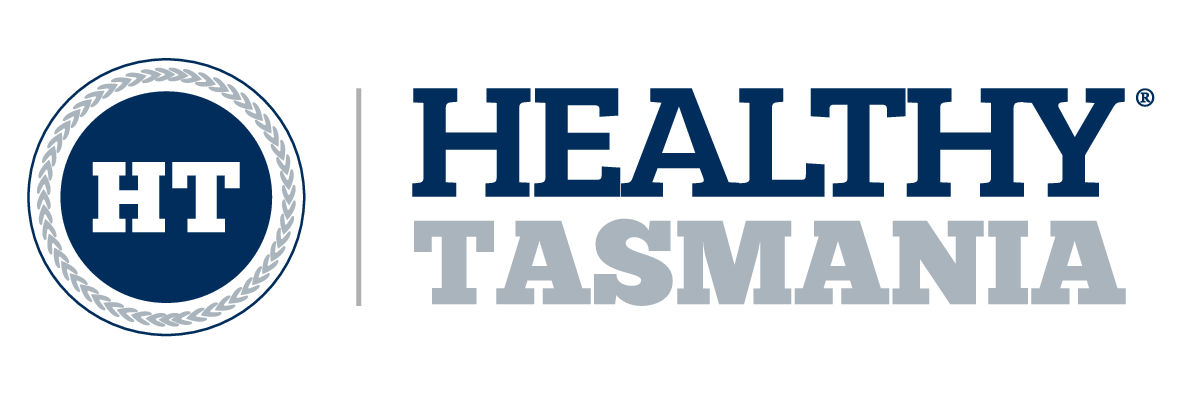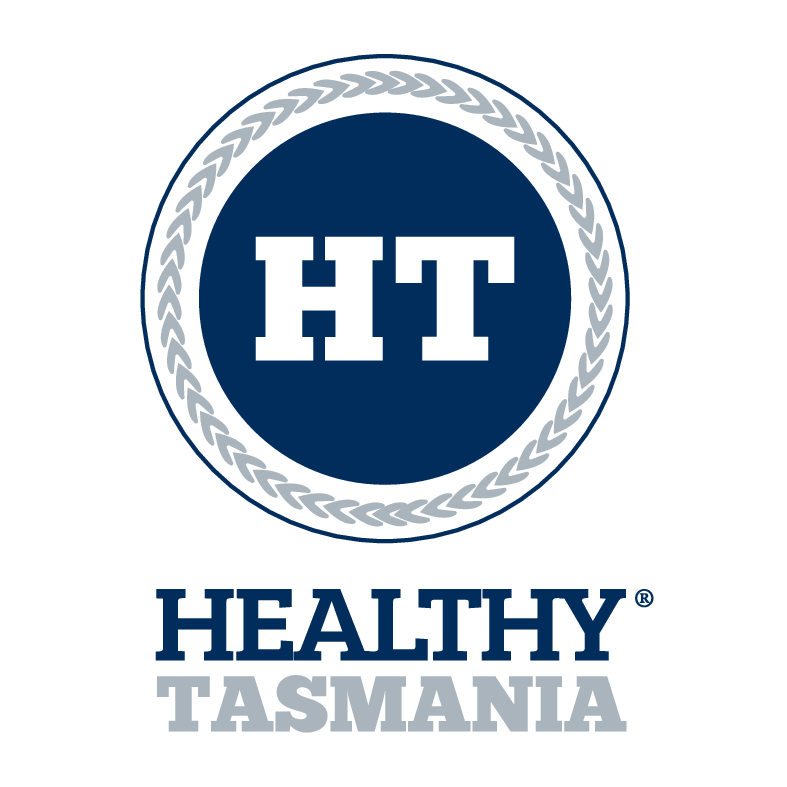Right health care, place and time
Critical Condition: What's it going to take to put preventative health first?
Health is the number one priority of Tasmanians in relation to their wellbeing, and the number one concern for the future. This was a key finding of the final report from the Premier's Economic and Social Recovery Advisory Council, including a wellbeing survey involving more than 3000 Tasmanians from across the state.
The council was formed to advise the Premier on strategies and initiatives to support the short, medium, and long-term recovery from COVID-19 - including the future of Tasmania's health services.
This week the government accepted all 52 recommendations made by the council. In regards to health, this largely focused on communication and confidence in navigating COVID-19, responses to increased mental health demand, food security and housing.
Filling the gaps
For more than a decade, Healthy Tasmania has been working to build connections between people who need help improving their health, and the people who provide health services.
As a private business, it facilitates partnerships, programs, organisational advice, and community projects - all aimed at finding ways to solve the often common problems preventing people from being healthy, happy and performing at their best.
But to do this, they need to jump through some hoops. Healthy Tasmania managing director Lucy Byrne said they had been able to create a business that helps meet the needs of the community. However, she said they were working within a system that often doesn't support it.
"The analogy we often use is that we are a bit like the builder's product no more gaps. We don't see that there is a lack of need, or generally that there is a lack of services - what we see is a lack of connection between the services and the people who need them the most," she said.
"Everything we do with our work - it's about making that connection. We've created a business model that meet the needs of the community. But I have become a gymnast by developing this business, because I have had to jump through so many hoops.
"We all need to play a part and there are a lot of people out there who want to do it, but we don't have a system that is supporting it."
Federal investment in preventative health strategies is estimated to represent about 1.6 per cent of overall health spending. However, stakeholders including the Australian Health Promotion Association, says this should be closer to 6 per cent.
Similarly in Tasmania, health spending represents more than a third of the state budget. However, annual spending on preventative health is also closer to 1.5 per cent.
A government spokesperson said this was about $70 million, most of which forms part of the Healthy Tasmania five year plan.
This week, as part of the Premier's State of the State address, a further $3 million in funding for the primary health sector was also announced, to provide "additional support and incentives for primary care services, including GPs, to provide after-hours services for their local communities".
"We have made some good inroads and as we work on the next iteration, to be released later this year, we will look to broaden our key priorities to include mental health and wellbeing - which I think is just as important as ensuring we look after our physical health," a government spokesperson said.
"We acknowledge we must do more and through the Healthy Tasmania plan we have been working hard across all levels of government and with communities, to build strong partnerships to support successful community-led, grass roots preventive health activities."
While the government's Our Healthcare Future plan highlights new models of care, including a renewed focus on community care, Ms Byrne said funding and strategies aimed at keeping people out of hospital, and well for longer, remained minimal.
"One of the challenges is that when we look at all of the information - from the state government, federal government, productivity commission, Australian Institute of Health and Welfare ... everyone is saying the same thing. What we need to do is change the lifestyle risk factors to poor health, and we need to do that before people become unwell," she said.
"But we fall down when we go to do the action. We have all the rhetoric, the research, the stats, copious amounts of reports and documents, telling us that's what we need to do - but we aren't doing it.
"The challenge with funding is that we have sick people too, who need a hospital bed and who need care now. But we need to start doing things differently if we want to get a different outcome."
Breaking down walls
To be in good health, or to be well - this is the meaning of Salveo. It is also the name and goal of Salveo Healthcare - a service delivery division of not-for-profit health insurer StLukesHealth, who assist more than 300 members living with chronic health conditions through its Advanced Preventative Care program.
This includes services aimed at improving personal engagement with healthcare, health literacy and keeping people out of hospital where possible, and appropriate.
Salveo Healthcare's chief executive is James Harrison - a former registered nurse who trained at the Launceston General Hospital and was also a former deputy director of nursing at Calvary St Luke's Hospital.
With decades of experience working in both the public and private systems, Mr Harrison said he had become increasingly frustrated by a lack of change in Tasmania's health system - particularly when it comes to preventative measures.
"I want to be optimistic and think the government are starting to make the right moves. What they are saying is we are not putting as much money into hospitals, and we are going to put it into preventative care. Which is completely appropriate and it's what all the experts say," he said.
"But then ... next week we will see a story on the elective surgery waiting list blowout. Preventative health and people doing Tai Chi in the park isn't making front page headlines.
"So we have to ask ourselves, is what we are doing working? If everyone, including the government, are committed to making change - what's the holdup?"
With the learnings of the pandemic, PESRAC recommendations and the Our Healthcare Future document, Mr Harrison said there was an incredible opportunity to fundamentally change Tasmania's approach to healthcare.
"In Tasmania, we have one primary health network, one hospital network and one university. In Victoria, they have six primary health networks, 80 or so hospital networks and half a dozen universities," he said.
"So trying to make change in Victoria, with all of those bureaucracies - I can imagine would be impossible. But what we've got with one, one and one in Tasmania- how can we not make a difference?
"The pandemic has broken down so many walls. Look at telemedicine - prior to COVID it was taboo and on the fringe. Now it's at the fore. There is so much impetus now for change, as a result of the pandemic, we need to capitalise on it."
You can access the story first featured in the Examiner here


